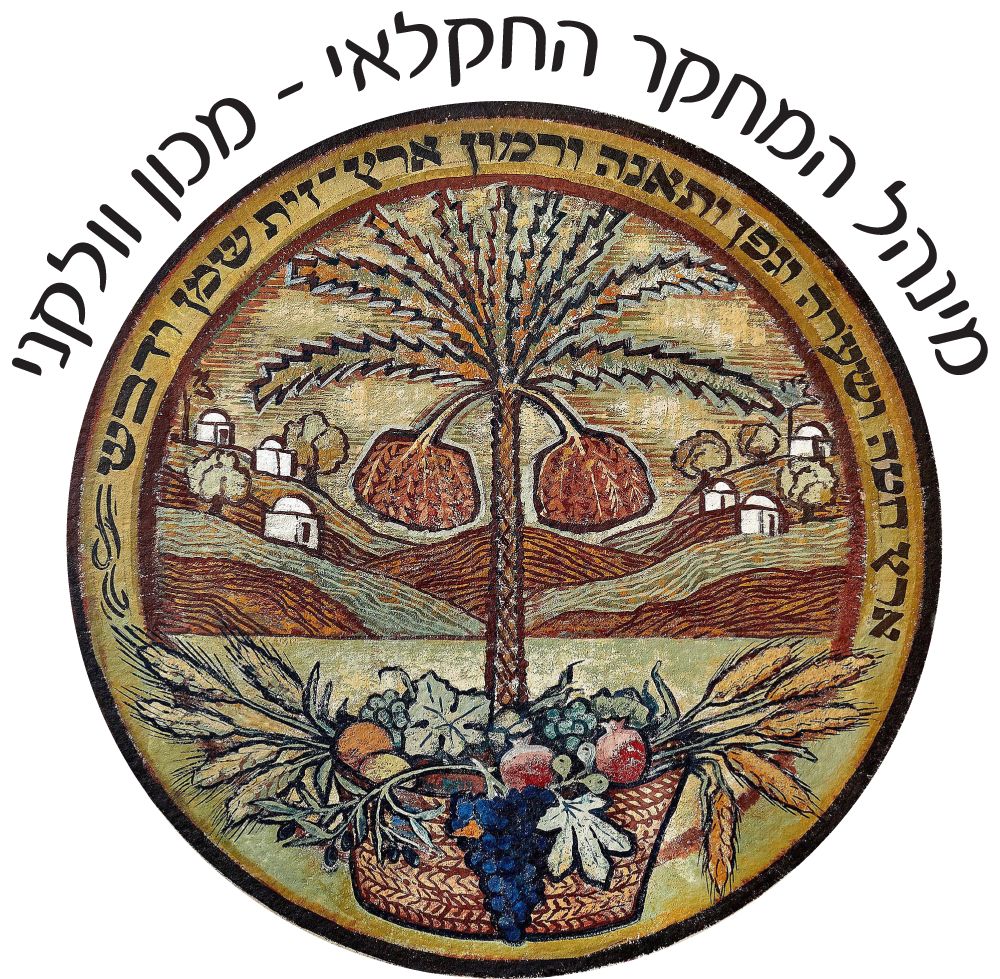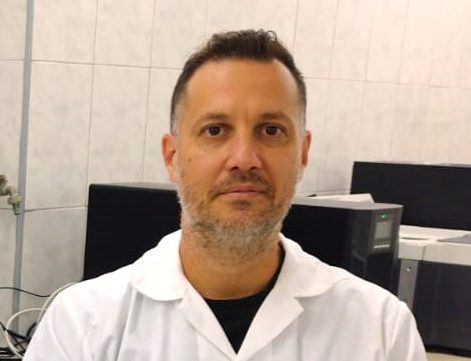Jakob Shimshoni Ph.D.
Biography
I am a research scientist in the Department of Food Quality and Safety at the Agricultural Research Organization, Volcani Center, Israel. I earned my PhD from the Hebrew University of Jerusalem in 2009, and was a postdoctoral researcher at the NIH and University of Washington (2009-2011). My research group develops novel fluorescence and near-infrared methods coupled with multivariate classification and regression models to identify and quantify secondary metabolites and microorganisms
Education
-
2004-2009
PhD in Phramaceutical Sciences: Antiepileptic drug development
-
2009-2011
Postdoc fellowship: Mechanism of action of valproic acid and biochemistry of retinoic acid
Research Interests
Dr. Shimshoni’s research interests are at the intersection of food safety, toxicology, and analytical chemistry, with a particular focus on the development and application of advanced spectroscopic and chromatographic techniques. His work primarily revolves around the following areas
Multivariate Analysis and Calibration Models: Dr. Shimshoni is dedicated to advancing multivariate analysis techniques, particularly in developing and refining regression and classification models. These models are applied to spectroscopic data to enable the accurate identification and quantification of secondary metabolites and microorganisms in food commodities. The goal is to improve the precision and reliability of these methods for practical applications in food safety and quality control.
Food Safety and Toxicology: His research extensively covers the risk assessment of various contaminants in agricultural products, including pesticides, heavy metals, pharmaceuticals, and phytotoxins. By evaluating the toxicokinetic profiles of these chemicals, Dr. Shimshoni aims to provide comprehensive insights into their potential risks to human health and develop strategies to mitigate these risks.
Spectroscopic Methods: A significant portion of his work involves the application of near-infrared (NIR) and fluorescence spectroscopy for the analysis of food commodities. By combining these methods with multivariate statistical models, he seeks to enhance the detection and quantification capabilities for both primary and secondary metabolites, as well as for identifying microbial contamination.
Cannabinoid Toxicology and Pharmacology: Dr. Shimshoni is also focused on the pharmacological characterization of cannabinoids, particularly CBD oil derived from high-CBD cultivars. His work in this area includes extraction, chemical characterization, pharmacokinetic profiling, and testing the efficacy of cannabinoid formulations in various models, including those for epilepsy. His research contributes to understanding the therapeutic potential and safety of cannabinoid-based products.
Development of Novel Formulations: He is actively engaged in the development of new formulations, particularly targeting agricultural pests such as Varroa mites. This includes the creation of innovative solutions that are both effective and environmentally sustainable.
Research Areas
- Using artificial intelligence tools for predicting secondary metabolites and microorganisms in agricultural produce.
- Risk assessment of pesticides, heavy metals, pharmaceuticals, and phytotoxins in agricultural produce.
- Toxicology and pharmacology of cannabinoids
- Development of novel agents against Varroa

